Can I import my car’s on-board recording as an auto test?
You can use DYNO-MAX “Pro” to create dyno simulations from on-vehicle data recordings. This information can be obtained from your DYNOmite Data Computer or many third-party engine management and data-acquisition system’s test files. Perhaps you have already recorded some track data with an on-board data recorder. If you output that recording in a compatible file format, DYNO-MAX can then read, convert, and save it as an Automated Test Run (.ato file). This is often easier than creating every line of a complex simulation from scratch.
Your recorded vehicle data must include engine rpm (or road speed) along with elapsed time (in decimal seconds). If that file also includes torque (or throttle position), DYNO-MAX can use that additional information to control an electronic throttle during dynamometer operation.
DYNO-MAX “Pro” reads data from either ASCII Comma Separated Values (.csv) format files or its own (.run/.raw) files. The Auto Test Set Up Wizard provides a “Clone Run Test” tab where you can browse for the specific file to clone and, optionally, define the column layouts like this sample (1 second duration) ASCII file:
Time RPM Torque Throttle
0.10 3000 110 20
0.15 3050 112 21
0.20 3100 114 21
0.45 3200 115 22
1.00 4000 200 100
While native DYNO-MAX .run files are always in the required format, for .csv files you specify which columns contain what data.
What if your third-party data-acquisition system does not store data directly in the required format? Fortunately, most systems can at least save data in a file type that is readable via programs like Microsoft’s Excel. Within a spreadsheet it is easy to reformat columns (like an incompatible time structures) into the above layout. You then save (or export) that spreadsheet back out as a .csv file, ready for DYNO-MAX to Clone an Automated Test from it.
During actual dynamometer testing, DYNO-MAX reads each line of its “Cloned” .ato file, in real time. It interprets the data and instructs the DYNOmite’s servo control(s) to duplicate the recorded vehicle’s behavior. Of course, you can further modify the Automated Test file any way you like using DYNO-MAX’s “Customize Automated Test” tab.
